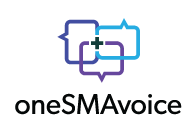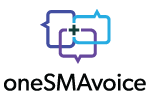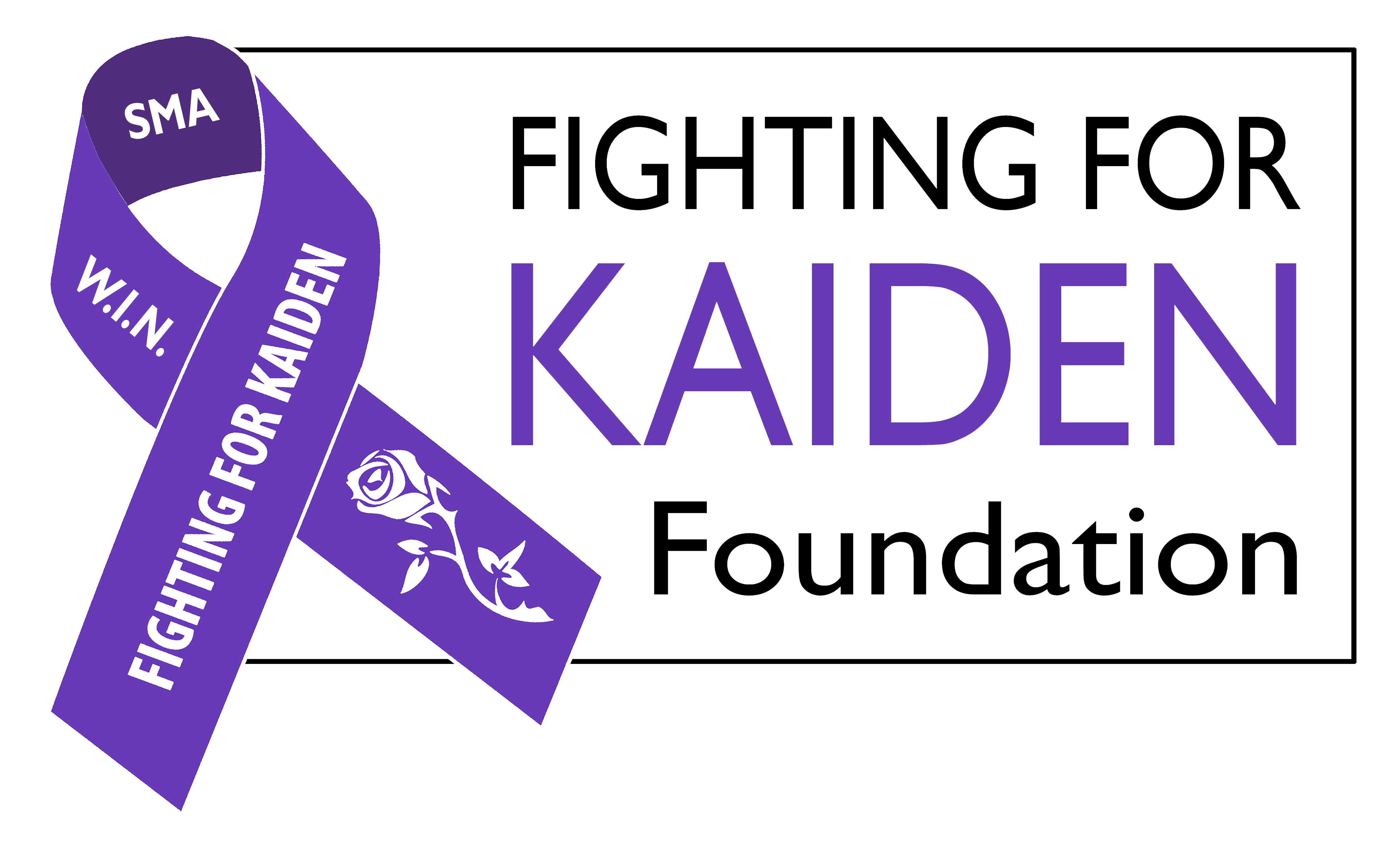study details
start date: September 8, 2021
estimated completion: August 1, 2023
last updated: December 23, 2021
phase of development:
Phase 3
size / enrollment: 24
study description: This is an open-label, single arm, multi-center study to evaluate the safety, tolerability and efficacy of IV OAV101 in SMA participants. The study will enroll participants that weigh ≥ 8.5 kg and ≤ 21 kg. An even weight distribution across the desired range will be achieved by aiming to enroll approximately 6-10 participants across 3 weight brackets (≥ 8.5-13 kg, > 13-17 kg, > 17-21 kg). Participants will receive a single administration of IV OAV101.
Participants who meet eligibility criteria at screening and baseline visits will receive a single-dose of IV OAV101 on Day 1 (Treatment period) and will be followed for a period of 12 months. The study will include a standard screening period that can last up to 45 days, during which eligibility will be assessed and baseline assessments will be performed prior to treatment.
For the study duration, participants will complete visits as defined in the Schedule of Assessments. Prednisolone treatment will be given per study protocol. On Day -1, participants will be admitted to the hospital for pre-treatment baseline procedures. On Day 1, participants will receive a 1-time IV infusion of OAV101 and will undergo in-patient safety monitoring over the next 48 hours, after which the participant may be discharged, based on Investigator judgment.
Safety monitoring will be performed as per study schedule and protocol requirement. Safety for the participants enrolled in the study will be evaluated by the study team together with Data Monitoring Committee (DMC) as described in the charter. An interim analysis for safety and efficacy maybe performed once the last participant completes 6-months of follow-up, and will include all available data up until that data cut-off. Final analysis will be planned after the 12 months visits (End of Study (EOS)).
After study completion eligible participants will be invited to enroll into Long Term follow-up study to collect additional safety and efficacy data.
primary outcomes:
- Number of participants with treatment emergent Adverse Events (AEs) and Serious Adverse Events (SAEs)
An AE is any untoward medical occurrence (e.g. any unfavorable and unintended sign [including abnormal laboratory findings], symptom or disease) in a clinical investigation participant after providing written informed consent for participation in the study.
- 12 months
Number of participants with important identified and important potential risks (Adverse Events of Special Interest (AESI))
The following are important identified and important potential risks (AESI) associated with OAV101: Hepatotoxicity, Thrombocytopenia, Cardiac adverse events, Sensory abnormalities suggestive of ganglionopathy, and Thrombotic microangiopathy.
These will be assessed by the investigator.
- 12 months
Change from baseline in vital signs measurements - systolic and diastolic blood pressure
Change from baseline in vital signs measurements - systolic and diastolic blood pressure (mmHg)
- 12 months
Change from baseline in vital signs measurements - respiratory rate
Change from baseline in vital signs measurements - respiratory rate (breaths per minute)
- 12 months
Change from baseline in vital signs measurements - pulse
Change from baseline in vital signs measurements - pulse (beats per minute)
- 12 months
Change from baseline in vital signs measurements - temperature
Change from baseline in vital signs measurements - temperature (degrees Celsius)
- 12 months
Change from baseline in vital signs measurements - oxygen saturation level
Change from baseline in vital signs measurements - oxygen saturation level (%)
- 12 months
secondary outcomes:
- Achievement of development motor milestones according to the modified and combined WHO-MGRS and Bayley scale of Infant and Toddler Development.
12 months
- Change from baseline in Hammersmith Functional Motor Scale - Expanded (HFMSE), as appropriate according to participant age
12 months
- Change from baseline in Revised Upper Limb Module (RULM), as appropriate according to participant age.
12 months
inclusion criteria:
• Eligible Ages: 0 - 17
• Eligible Sexes: all
Inclusion
Symptomatic SMA diagnosis based on gene mutation analysis with bi-allelic survival motor neuron 1 (SMN1) mutations (deletion or point mutations) and any copy of the survival motor neuron 2 (SMN2) gene.
Weight ≥ 8.5 kg and ≤ 21 kg at the time of Screening Visit 2
Naive to treatment or have discontinued an approved drug/therapy
exclusion criteria: :
Previous OAV101 use or previous use of any AAV9 gene therapy
Body Mass Index (BMI) < 3rd percentile based on World Health Organization (WHO) Child Growth Standard
Participant with history of aspiration pneumonia or signs of aspiration (eg, coughing or sputtering of food) within 4 weeks prior to screening
Anti-Adeno-associated virus serotype 9 (AAV9) antibody titer > 1:50 as determined by ligand binding immunoassay at the time of screening
History of gene therapy, hematopoietic transplantation, or solid organ transplantation












